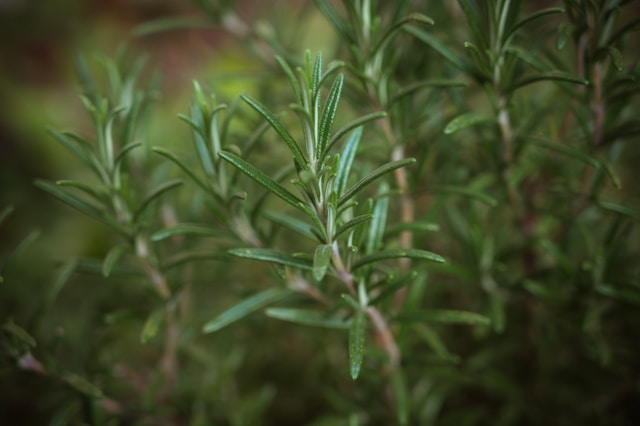Is Rosemary A Sun or Shade Plant

Physical Attributes
- Type: Evergreen perennial shrub.
- Height: Typically grows 1 to 2 meters (3 to 6 feet) tall.
- Leaves: Needle-like, dark green on top, white and tomentose underneath.
- Flowers: Small, two-lipped flowers that can be blue, lavender, or white, blooming in spring and summer.
General Care Tips
- Light: Prefers full sun (at least 6 hours of direct sunlight daily).
- Soil: Thrives in well-drained, slightly acidic to neutral soil; avoids heavy clay.
- Watering: Drought-tolerant once established; allow soil to dry out between waterings.
- Pruning: Light pruning after flowering encourages dense growth; avoid overwatering to prevent root rot.
Fun Facts
- Native Regions: Native to the Mediterranean region, it is well-suited for coastal areas.
- Culinary Use: Widely used as a culinary herb, particularly with meats and in Mediterranean dishes.
- Attracts Wildlife: Flowers attract bees, butterflies, and hummingbirds.
- Cultural Significance: Historically associated with memory and fidelity; often used in traditional medicine.
The Pros & Cons of Rosemary in Your Pet Safe Garden
| Consideration | Details |
|---|---|
| Container Friendly | Yes, rosemary can be grown in containers, especially smaller varieties like ‘Chef’s Choice’ and ‘Roman Beauty'[5]. |
| Indoor/Outdoor | Primarily outdoor, but can be brought indoors in colder climates during winter[4]. |
| Sun/Shade | Prefers full sun; performs best with at least 6 hours of direct sunlight daily[2][4]. |
| Perennial/Annual | Perennial[2]. |
| Flowering | Produces small, two-lipped flowers that can be pale blue to white, typically blooming in spring and summer[1][2]. |
| Drought Tolerant | Yes, rosemary is drought tolerant once established[1][2]. |
| Pollinator Magnet | Attracts bees and butterflies[2]. |
| Beginner Friendly | Yes, requires minimal maintenance once established[1]. |
| Good Ground Cover | Some low-growing varieties like ‘Prostratus’ can be used as ground cover[1]. |
| Good Privacy Screen | Can be used as a low hedge or informal screen, especially in warmer climates[4]. |
| Invasive/Spreader | Not considered invasive, but can spread if not pruned[1]. |
| Hearty/Delicate | Hearty; can tolerate various soil types and conditions, but does not do well in heavy clay or overly wet soils[2][4]. |
| Rodent Repellant | No specific information found on being a rodent repellant. |
| Deer Resistant | Tolerates deer[2]. |
| Native To | Mediterranean region[1]. |
| Ideal States/Regions | Suitable for USDA zones 8-10; can be grown in containers and brought indoors in colder regions[2][4]. |
Citations:
[1] https://www.birdsandblooms.com/gardening/drought-tolerant-gardening/growing-rosemary-drought-tolerant-garden/
[2] https://txmg.org/hendersonmg/plant-library/rosemary-upright/
[3] https://www.gardenweb.com/discussions/3681796/rosemary-container-type
[4] https://bonnieplants.com/blogs/how-to-grow/growing-rosemary
[5] https://www.youtube.com/watch?v=qSCtFYyuIgE
Citations:
[1] https://plants.ces.ncsu.edu/plants/salvia-rosmarinus/
[2] https://txmg.org/hendersonmg/plant-library/rosemary-upright/
[3] https://www.britannica.com/plant/rosemary
[4] https://www.birdsandblooms.com/gardening/drought-tolerant-gardening/growing-rosemary-drought-tolerant-garden/
[5] https://animals.sandiegozoo.org/plants/rosemary





